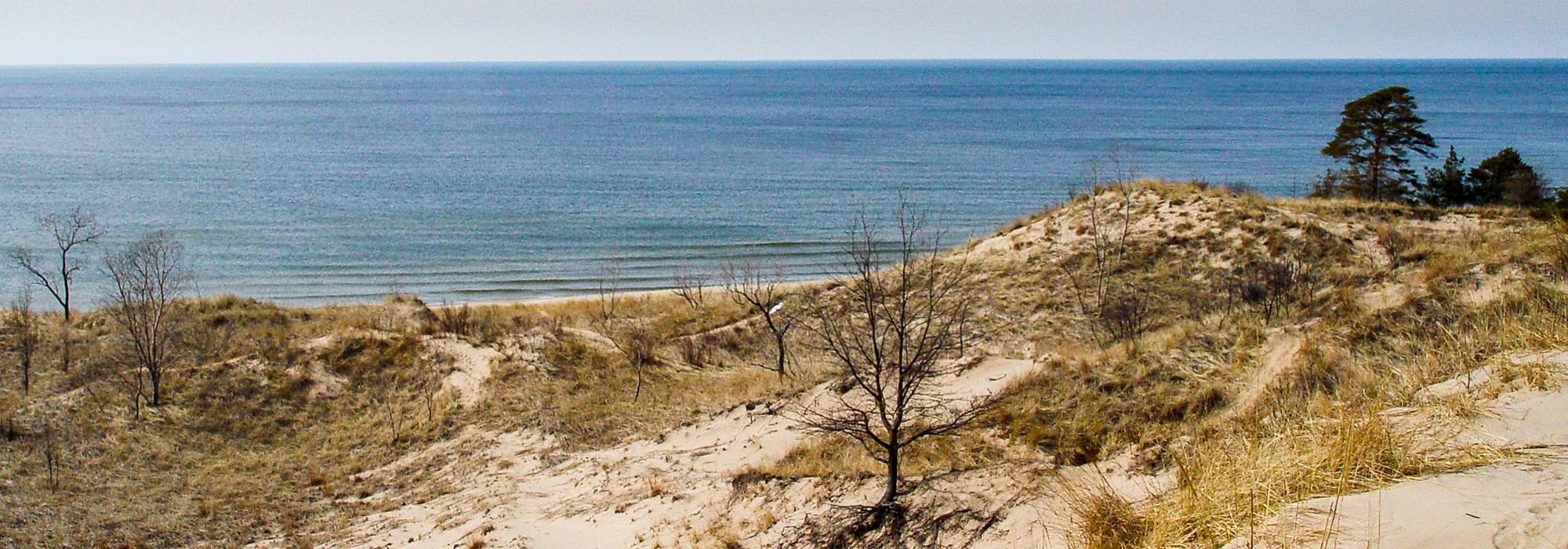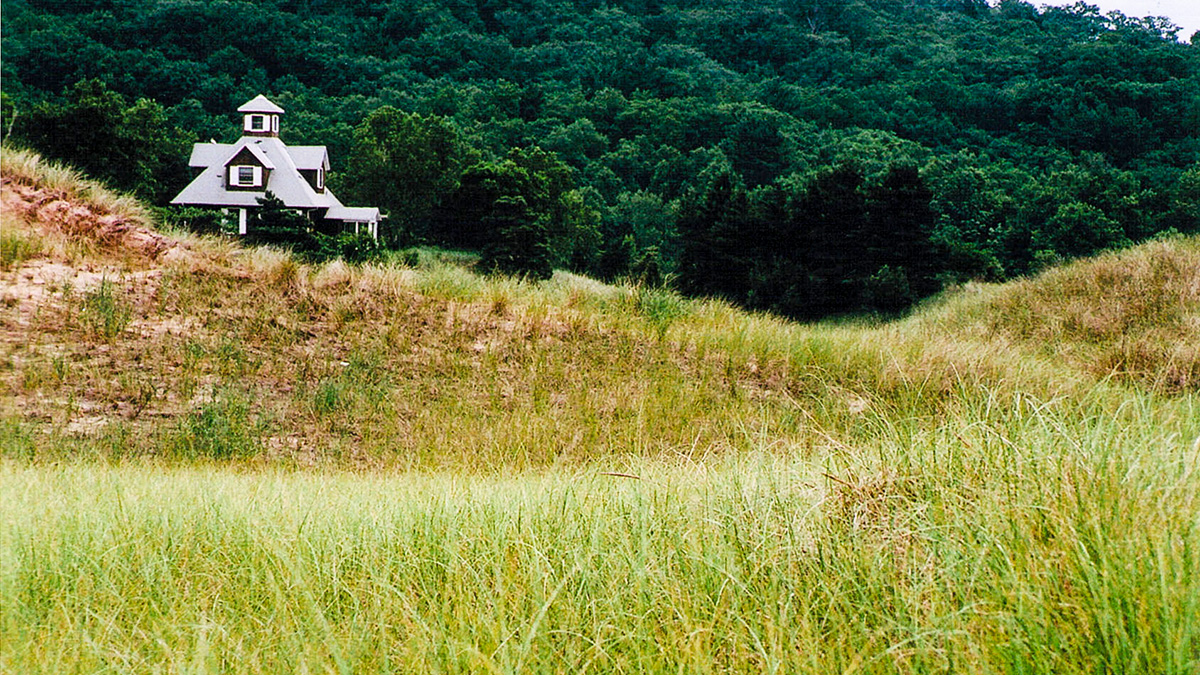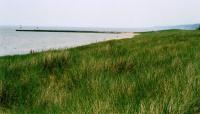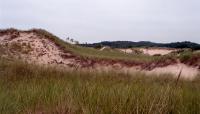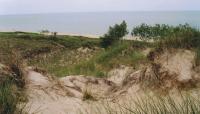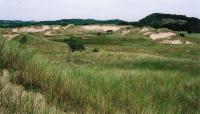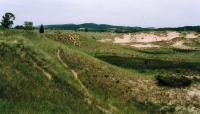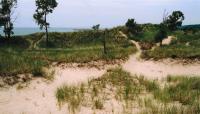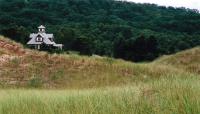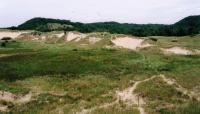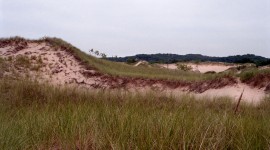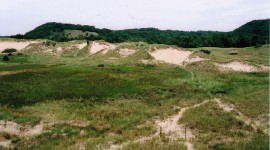Landscape Information
Spanning approximately 2,500 acres along the shores of Lake Michigan and the Kalamazoo River Watershed, this landscape is a segment of one of the greatest expanses of freshwater dunes on Earth. To the north and south, steep dunes descend directly into the lake, while the central, riverine dunes are gently sloping and grass-covered. A natural and cultural resource, the marshy and wooded landscapes east of the shoreline encompass significant sites, including the 1,120-acre Saugatuck Dunes State Park, Ox-Bow School of Art & Artists’ Residency, and dozens of historic structures, three of which are listed in the National Register of Historic Places: the Felt Estate (listed in 1996), Lake Shore Chapel (1997), and Saugatuck Harbor Navigation Structures (2001).
The region was originally inhabited by Native Americans who settled along the dunes as early as 1,500 B.C. European traders occupied the water’s edge in the seventeenth century, and, by the 1830s, permanent American settlements were established. By the late nineteenth century, the area had become a destination for Chicagoans seeking nature and opportunities for passive recreation. In 1898 social reformer Reverend George Gray established his 100-acre ‘Chautaqua for the Poor Forward Movement Camp,’ which, under the auspices of the Presbytery of Chicago, continues to provide inner-city children with the opportunity to experience the dunes to this day. The Ox-Bow Summer School of Art, also established here at the turn of the century, helped usher in the American era of plein-air painting, and encouraged collectors and benefactors to visit the region, securing it as a tourist destination. In 2007 the non-profit Saugatuck Dunes Coastal Alliance was established to manage and protect the landscape.



